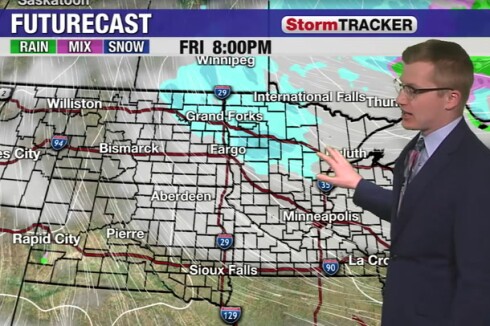I grew up in an era when wild game cooking involved a can of cream of mushroom soup and a roaster. The wild game – grouse, duck, partridge or a rare pheasant – was simmering beneath the grayish gravy base. It was the way Mom did it, the way Grandma did it and maybe family before her.
Cooking show addicts would scoff if TV stations aired a history of prairie fare. Quite honestly, it wouldn’t take long. What has evolved is an expanded variety and appreciation for wild game cooking – with creations ranging almost from food to art. But what hasn’t changed is a freezer-burned package of wild game in 1985 is no better if it’s freezer burned from a vacuum pack in 2020.
When I hear of upscale delicacies such as venison bourguignon, my mind still creates an image of deer roast ... in cream of mushroom soup. Even so, over the years, I’ve dined on an array of wild game preparations, from delicacies such as lemon pepper-broiled walleye, to more obscure offerings such as sandhill crane stir-fry, and the tradition of fried deer heart, liver and onions.
When it comes to fish and game cooking, the beauty is in the eye – or the fork – of the beholder.
Like dining out, we each have our own preferences when it comes to wild game cuisine. It’s at this time of year, as the deer season gets underway, that the typical hunter who struggles to boil water, is magically (in their own mind, anyway) transformed into the Julia Child of venison preparation.
ADVERTISEMENT
First off, you can’t make a filet mignon out of ground chuck. If you don’t take care of the meat in the field, no amount of seasoning or any style of preparation will overcome the damage done. Take care of your kill from the field to the fork.
Beyond properly cleaning the meat, cooling it down quickly, keeping it cool and processing it efficiently are important. Along with that, proper packaging and storage will ensure the meat stays fresh longer.
Armchair deer processors will fry pounds of back straps as they work their way through carcasses. When the work is done, the result is an array of products, from breakfast sausage, deer roasts and burger, to venison brats, summer sausage and stew meat. In fact, I recall one year in college when a wrapped meat package was marked as venison bacon.
We never did fry it up as bacon, but it gives credence to the endless possibilities of fish and wild game cooking. Odds are, if you enjoy traditional food such as stir-fry, you’ll be able to modify the recipe to include the bounties of nature.
One final note. Years ago, we also didn’t have access to the information the modern age of technology provides. I’d venture to guess that for every cut of meat or species of fish or game, somebody has tried a unique way to prepare or cook it, and they probably have a recipe or even an instructional video online somewhere if you want to look for new ideas.
However, similar to other internet cautions, you may want to stop and think before you decide pickled partridge wings might be an option. A better idea might be a fallback to cream of mushroom soup.
ADVERTISEMENT
Leier is an outreach biologist for the North Dakota Game and Fish Department. Reach him at dleier@nd.gov.









